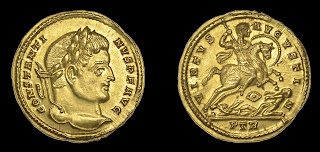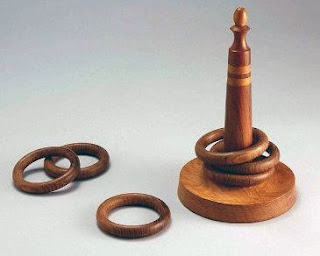Prior to the franc, there were many currencies used in France, many of them based on the livre tournois (the "Tours pound"). There was no livre tournois coin, because it was the equivalent of one pound of silver; it was used as a unit of measurement for accounting purposes. Pepin the Short, father of Charlemagne, created a long-standing system of currency for the French (and English) when he made the livre (pound) equivalent to 20 sous or sols (shillings), each of which was divided into 12 denier (pennies, seen in the illustration). The only coin minted in this system was the denier; the other two "coins" were simply used for convenience to describe larger numbers of denier.
Around 1000 CE the Capetians introduced the French Mark as a unit equivalent to 16 sols or 192 denier. Kings tried to establish a fixed standard for the livre and the Paris pound or livre Parisi was born, but the livre tournois became the standard for accounting during the reign of Louis IX in 1266.
The Hundred Years War saw the livre depreciating, and King John tried to correct this with the franc. It was called that as the short form of the inscription Johannes Dei Gratia Francorum Rex (Latin: "John by the grace of God king of the French"). The franc was now worth an entire livre tournois.
For most of the history of French currency, silver was used, while gold was more common in Byzantine currency. Did Western Europe have less accessibility to gold than other parts of the world? Let's talk about getting gold next time.




























